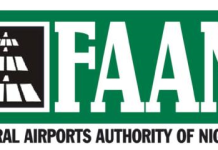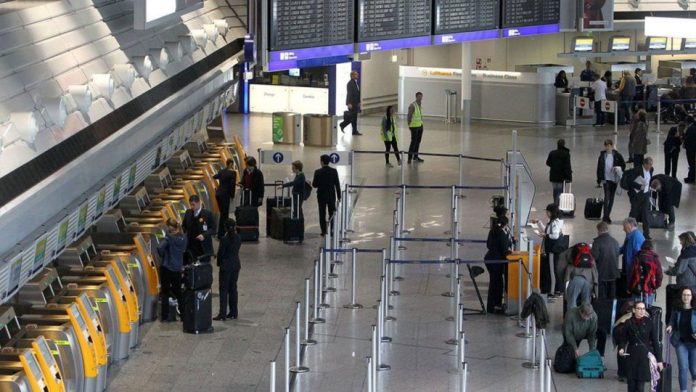A report by the Nigeria Civil Aviation Authority (NCAA) has revealed a decline in total air passenger traffic, which fell to 15,655,273 in 2024 from 15.8 million in 2023. This decline comes despite earlier projections that passenger traffic would rise to 25.73 million by 2029.
Passenger movement statistics indicate that Nigeria recorded 4,135,830 travelers on international routes, comprising both inbound and outbound passengers, while domestic airlines carried 11,549,443 passengers. Within the international sector, 2,018,948 passengers arrived in Nigeria, while 2,116,882 departed, continuing a trend in which more Nigerians leave the country than return. The difference of 97,934 between outbound and inbound passengers has been linked to the “Japa” phenomenon, where many Nigerians, particularly the youth, migrate in search of better opportunities abroad.
Qatar Airways led international airlines in passenger traffic, carrying 531,086 travelers—257,716 inbound and 273,370 outbound. Ethiopian Airlines followed with 460,171 passengers, including 224,363 inbound and 235,808 outbound. British Airways recorded 320,643 passengers, while Air France transported 254,054, Air Peace carried 247,893, and KLM recorded 158,321. Other international carriers included Kenya Airways with 115,426 passengers, Lufthansa with 248,617, Turkish Airlines with 239,371, and Virgin Atlantic with 218,254 passengers.
On the domestic front, Air Peace remained the dominant carrier, transporting 3,114,040 passengers, with 1,544,492 inbound and 1,569,548 outbound travelers. Arik Air followed with a total of 2,239,176 passengers, including 1,112,358 inbound and 1,126,818 outbound. Ibom Air recorded 1,323,974 passengers, while Aero Contractors carried 964,900. Other domestic airlines included Dana Air with 299,040 passengers, Green Africa with 389,399, and Max Air with 915,918.
The decline in passenger traffic raises concerns for Nigeria’s aviation industry, particularly in light of previous expectations of growth. As economic and migration trends continue to influence travel patterns, stakeholders may need to reassess industry projections and strategize for sustainable growth.













